Sheltered English Immersion program to expand next year
Ms. Smith teaches geometry to SEI students
May 25, 2017
Imagine teaching a class of 30 students. Now, imagine that the students in this class speak little to no English, they speak six different languages, and use three different alphabets. Also, you have to teach them biology or algebra.
New to GHS is the Sheltered English Immersion program, which allows students from across the globe who have moved to Gloucester to learn English in a classroom setting. While SEI is an important program that is helpful to many students, it is not without its challenges.
“SEI is a way for kids to gain English as part of their mainstream academics,” said ELL teacher Dr. Millie Zinck.
While the program remains in its first year, new kids are arriving every week. Math teacher Allison Smith began the year teaching 17 students in September and by Christmas break, her class size jumped to 27.
“With additional students came two new alphabets and two brand new languages in addition to the four I already had,” said Smith. “With more languages, there’s more challenges, especially right now with kids that have no English.”
Smith currently teaches a math class with students that speak six different languages and use three alphabets: Spanish, Portuguese, Persian, Filipino, Arabic, and Italian. While Smith does have the help of aide Sabrina Giordano, who speaks Italian, Portuguese, and Spanish in addition to English, it can still be challenging.
According to Smith, many students have had significant gaps in their education. Many students came from regions where they were discouraged from getting an education, had to leave school to work, or come from countries that are war-ridden or in political turmoil.
School officials are also working closely to develop and improve the program for next year. Many schools in the area, such as Beverly High School, provide an entirely separate program from the mainstream high school.
“We don’t have enough students to have an entirely separate program,” said assistant superintendent Arthur Unobskey, who also serves as the ELL director for the district. “There has been a significant increase in the number of kids, and with that comes bigger needs.”
When students who don’t speak fluent English come to Gloucester High School, they take an ACCESS test to determine their level of fluency, and students are placed in a level ranging one to five.
Students who are assessed at level one or two are typically placed into the SEI program. Students who rank higher are often placed into lower level core classes so they can still learn English while learning the subject at the same time.
“When students are placed in the SEI program it’s based on the ACCESS test, their grades, and MCAS scores,” said Zinck. “It’s never just the test. Then, they take the test one year later so we can see their progress.”
According to Zinck, some students may come from another city, such as Lynn, with transcripts, some have transcripts from their home countries, and others come with nothing.
While school officials and teachers are working together to improve the program next year, changes have also been happening throughout the school year.
The 35 student SEI Biology class, co-taught by science teacher Rachel Rex and Spanish/French teacher Carol Finacey, and Smith’s 30 student math class were both split in half to better accommodate students.
Now, Rex and Smith teach two sections of SEI classes. In addition to their four other classes, they each teach a combined total of six classes. This is one more class than other teachers at Gloucester High School.
The school is also looking to hire a second ELL teacher who specializes in math.
A new class for seniors has also been introduced. ELL Peer Mentoring was started by Zinck and Finacey for students to assist teachers in teaching English. Students interested in becoming a peer mentor and have a good grasp on a second language are encouraged to talk to Finacey or Zinck.
“We’re going to continue to work over the summer to train teachers in Science, Social Studies, English and Math,” said Unobsky. “We want to create a situation for all young people to grow quickly and adapt.”
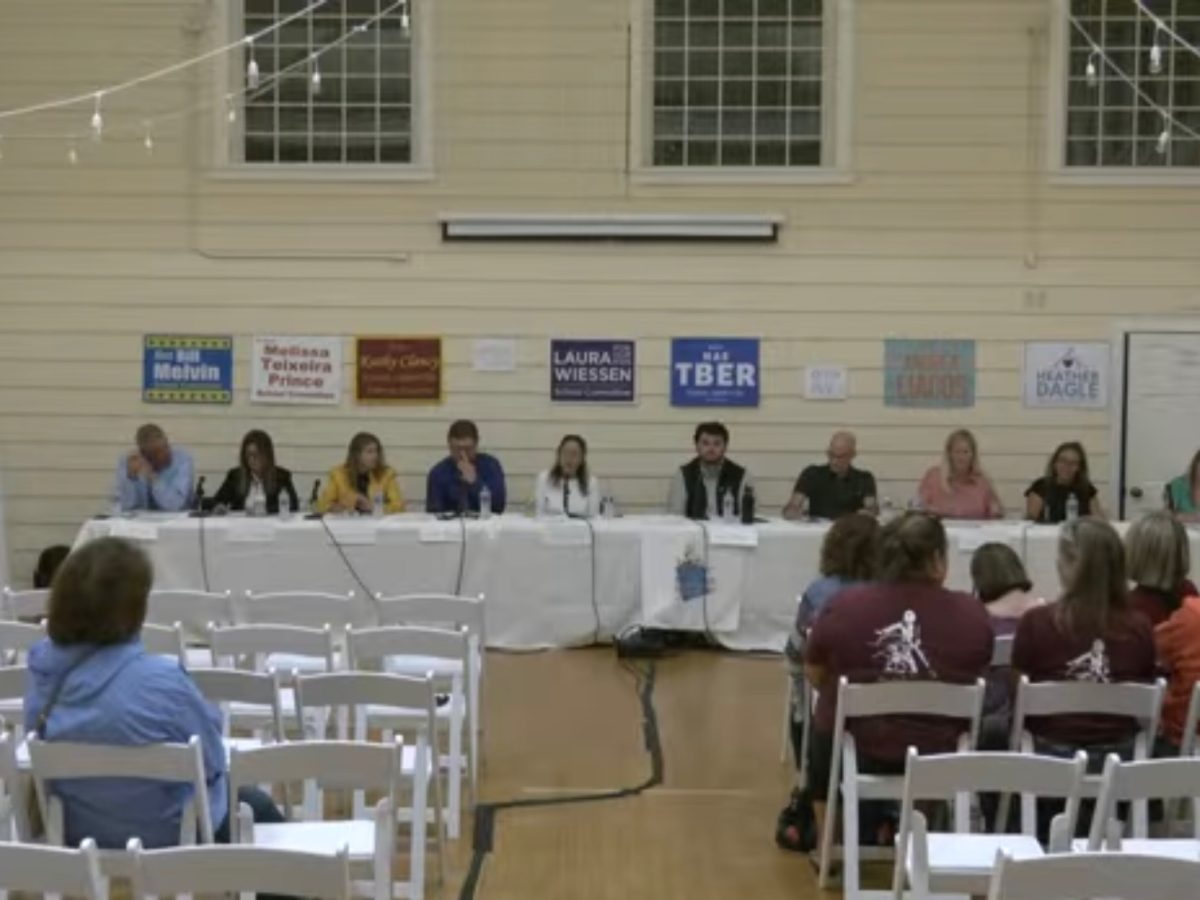
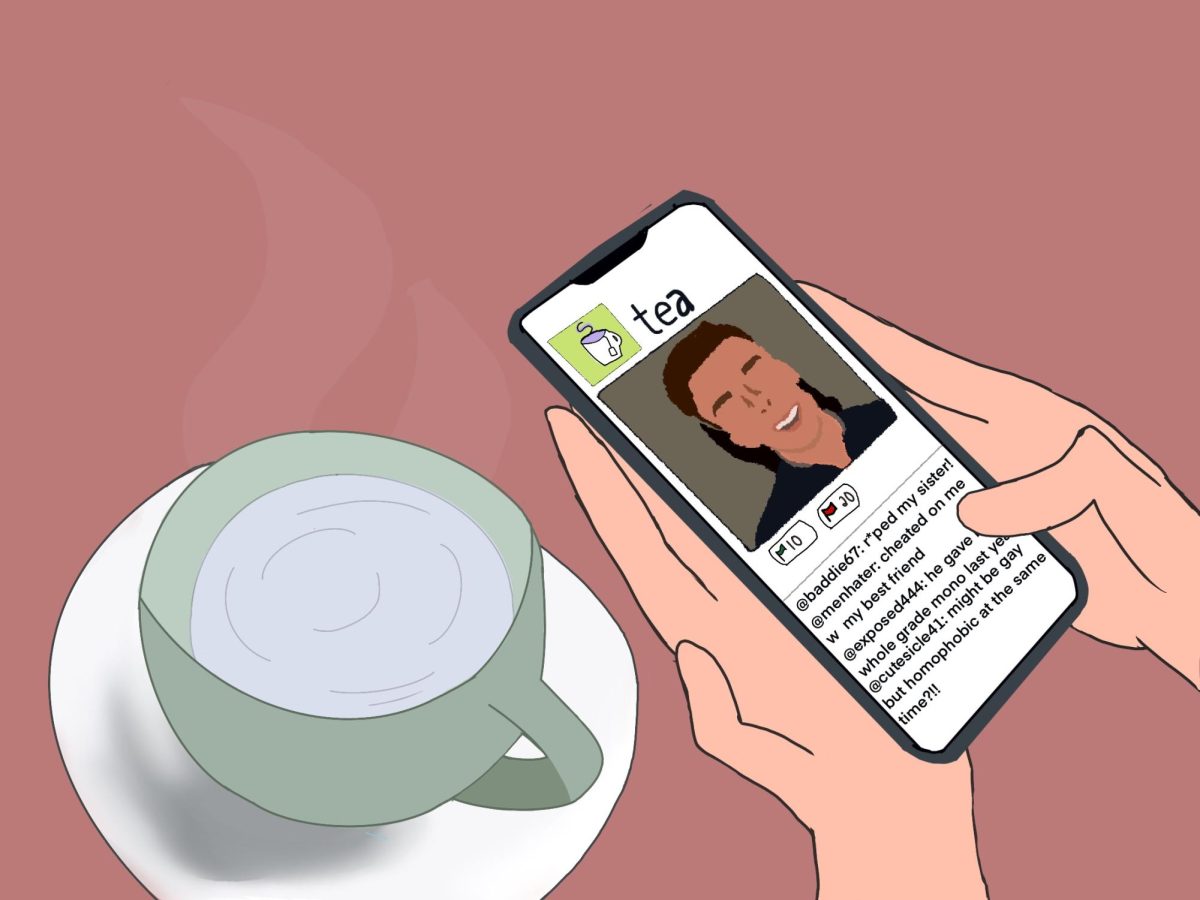

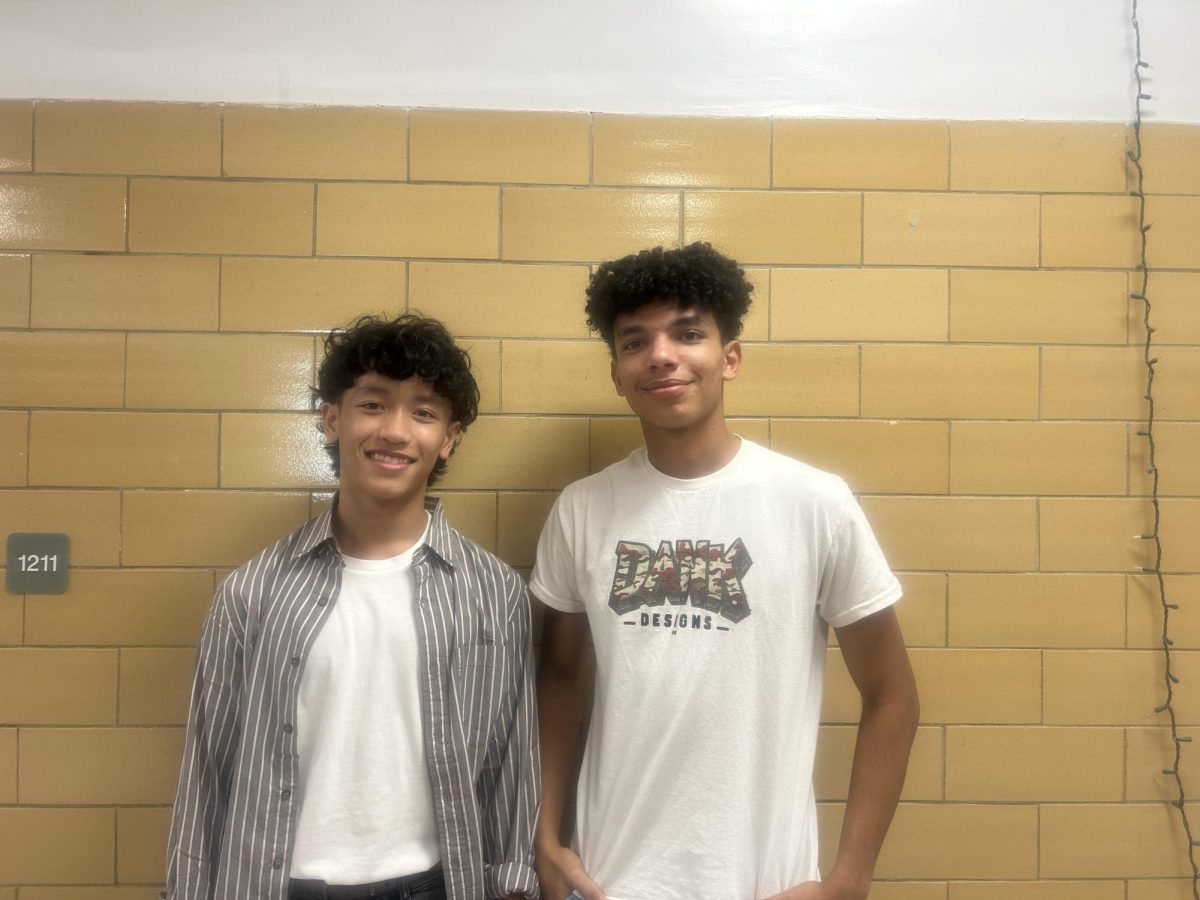







![The GHS/MERHS senior cross country runners pose together on Senior Night. [Photo courtesy of Manchester-Essex Athletics]](https://thegillnetter.com/wp-content/uploads/2025/10/Screenshot-2025-10-10-at-11.18.29-AM.png)
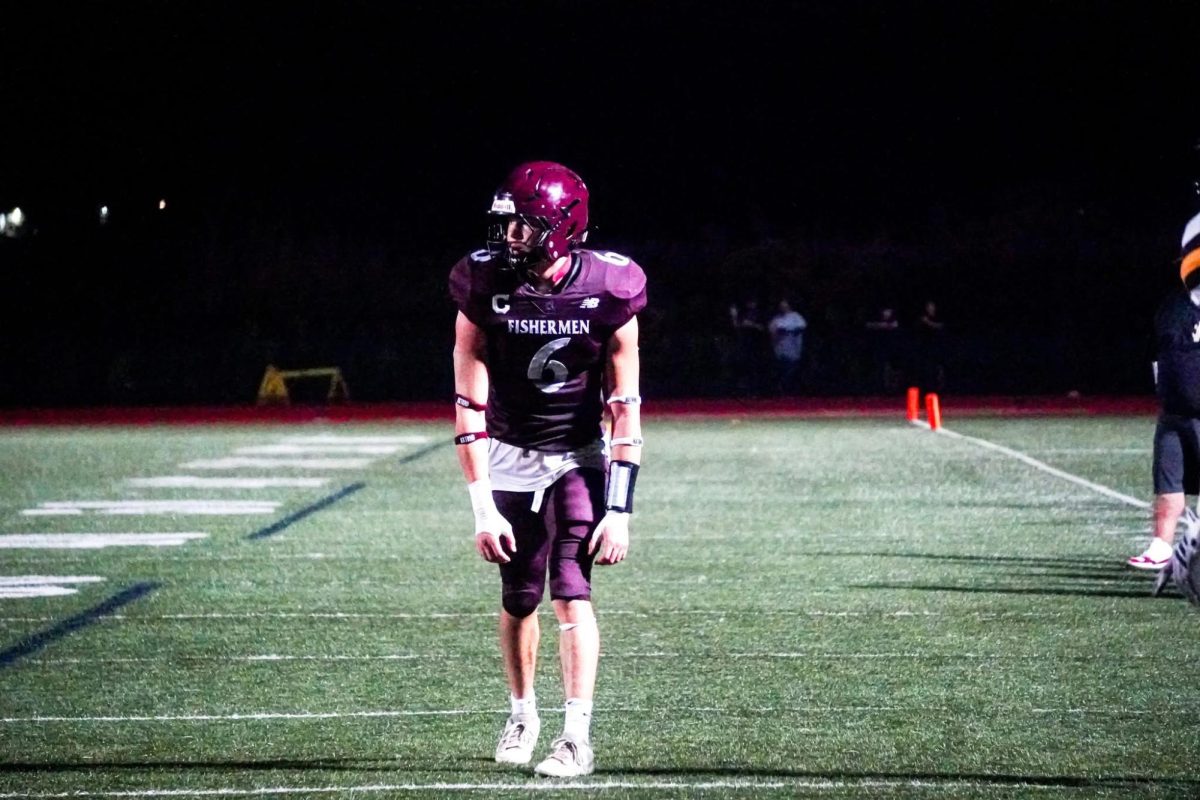
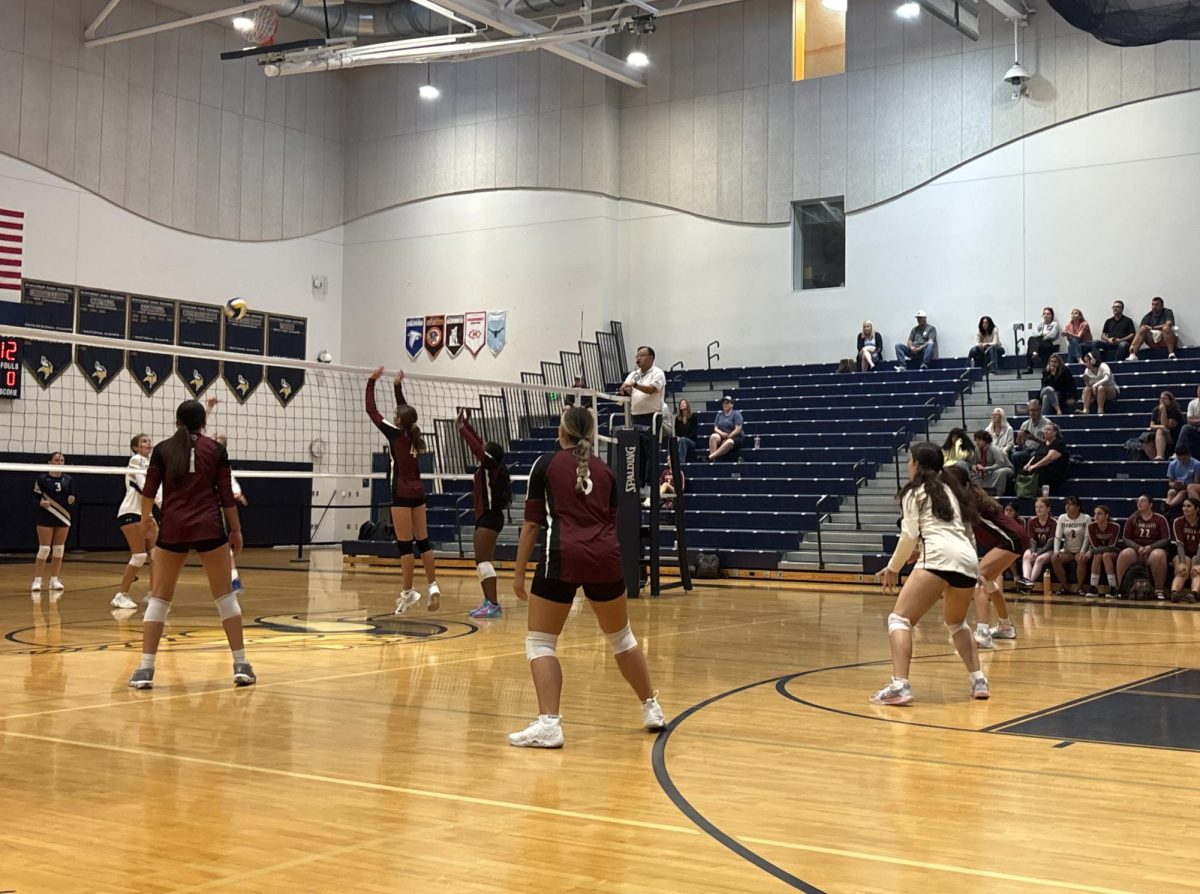
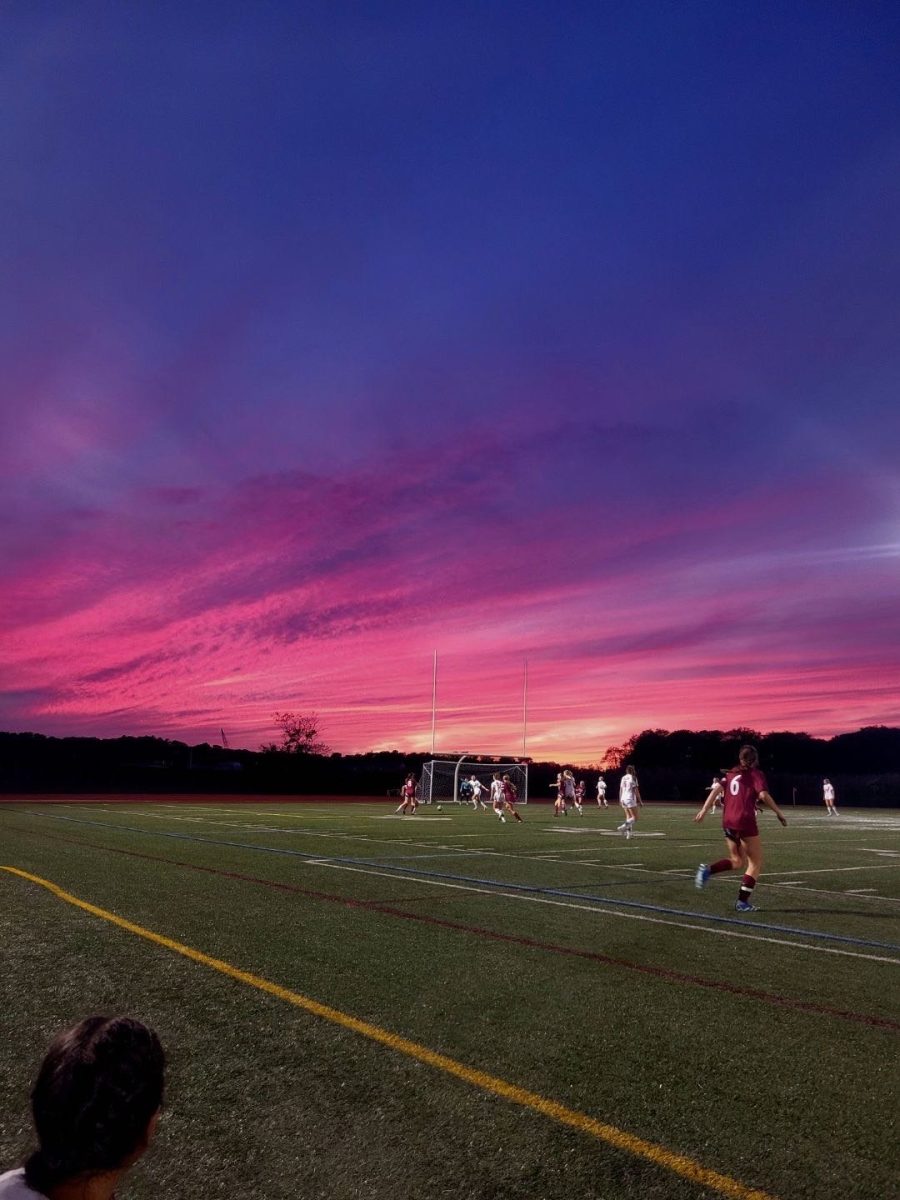














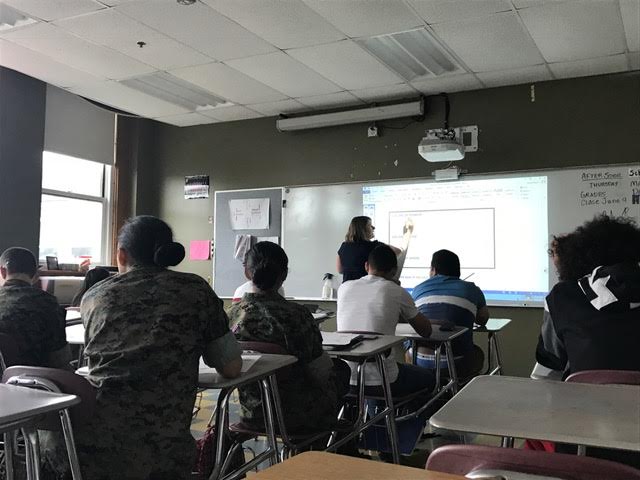

Erin Tettoni • May 25, 2017 at 10:41 pm
I had the absolute pleasure of working with and mentoring some of the ESL students last year, during my senior year at GHS, and it was truly amazing. Working with these students not only benefited them but myself as well. I worked with the most kind, passionate, and inspiring kids and it was such a great experience! I would highly recommend getting involved with this program!
Emmanuel • May 25, 2017 at 10:23 pm
That’s right we all speak different languages .